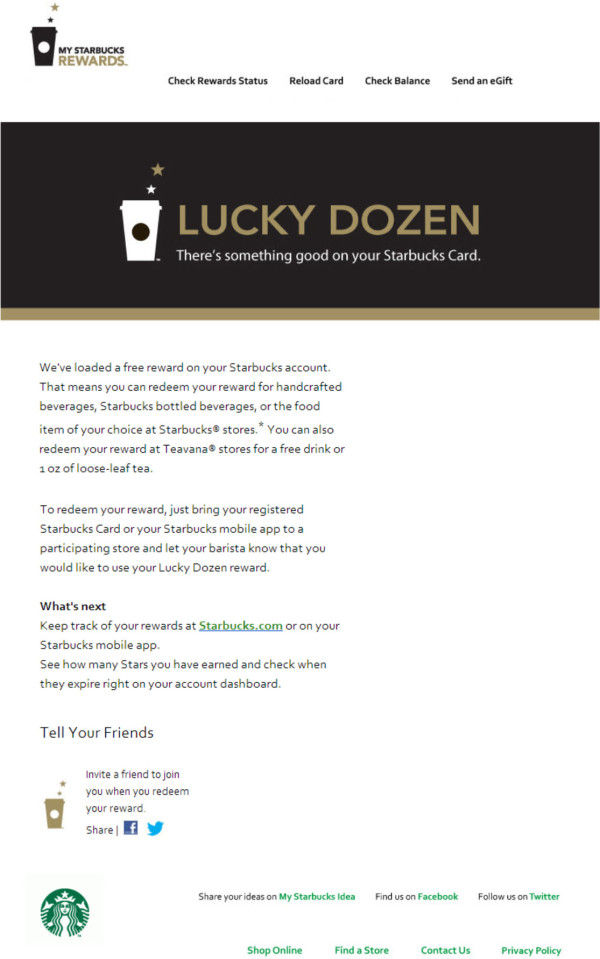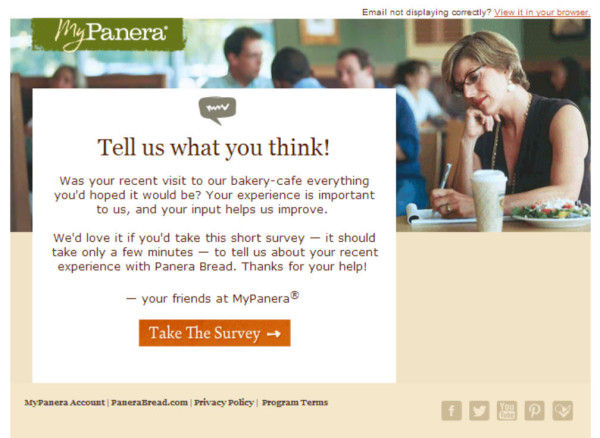How To Handle Email Marketing For Franchise Brands
- Fahad H

- Jul 7, 2014
- 5 min read
More and more, franchise brands are embracing email marketing to help them on a number of fronts. Often, franchisers deal with a number of different types of franchisees — single location, multi-location, multi-state, small corporations, partnerships, solely owned, highly sophisticated, unsophisticated, etc.
Fragmentation is more the rule than the exception, so clear and consistent messaging, while hugely important to the overall brand, is a significant ongoing challenge.
The appropriate application of technology to business needs allows templates and content to be developed at the corporate-level and then either pushed down to the franchise level for independent sending, or transparently sent from the parent-level on behalf of the individual locations. Franchisees can then reap the benefits of driving traffic to their stores from these emails, with little investment in time or resources on their part.
Either of these approaches can be quite successful if implemented and deployed correctly. Here are some things to keep in mind:
Building Your Database
Like any good email campaign, you will need email addresses to which you can target campaigns. Here are four quick ways franchises might collect email addresses:
1. Websites are one of the best places to capture email addresses. Include an email popover on the home page to ask for email addresses. In addition, you may want to ask for ZIP code or for the subscriber to select a preferred store location to send relevant content after sign up. With only those data points, you can already begin building relevant messaging.
2. Point Of Sale systems are one of your best options for email collection. Train customer service associates to ask for email addresses when the customer is checking out, or use keypads or tablets to let customers enter their email address in directly.
There are a number of ways you can go about incentivizing associates and customers alike to begin building your list. Why not create a contest program to challenge each franchise store location, or even associate, to compete for acquiring the most new valid email addresses?
Report back the results via an intranet, email to associates, or daily or weekly text message and this is a fairly low impact way to increase brand engagement internally and to build your email subscriber database quickly. (Technology allows for rules to be created to ensure the email addresses are new/unique and valid, to prevent gaming the system).
3. Because customers are on their phones when in store, allow them to text in to join the email program – perhaps in order to secure a discount on their next purchase. Advertise the email program on table tents, window clings, and stand-alone signage. One of the easiest places to promote this is on product, including drinks, bags, boxes, etc.
4. Facebook is another great place to acquire email addresses. Create a simple form that integrates with your email service provider to collect email addresses and immediately sends a welcome email. By creating an in-feed collect form and promoting it with paid media, you can build your email database very quickly. (Also, here are four ways Facebook can increase email revenue).
As soon as you begin to collect email addresses, you need to send to your database on a consistent schedule. Begin by immediately triggering a welcome email or series to set expectations with your subscribers, and to reward them with any offer they may be expecting for signing up.
Ongoing Campaigns
Beyond the welcome email, set a regular cadence of content and promotions to send. Include dynamic content to personalize the emails by franchise location for the subscriber. For example, insert the location information for the closest store. Depending on your business model, in some cases you may also wish to include associate information such as a photo or name in the email as well.
Coupons and discounts are the number-one reason customers opt-in for an email program. If you will be sending promotions, take advantage of unique bar codes in emails. This not only reduces or prevents fraud, but also allows you to track redemption of exactly what was purchased by a customer. This redemption data in-turn allows you to further personalize their promotions in addition to tracking their purchase frequency.
If you have a loyalty program, you may already be able to track purchase data. Email is a great way to communicate loyalty data to the customers. Include dynamic content to notify subscribers of point balances, rewards attained, expiration notices or progress toward the next reward.
These dynamic components of the email can be created at the parent-level and “locked down” for franchisee locations to have included in an email without needing to know how to code anything, or again simply sent on behalf of store locations.
The following example from Starbucks notifies a subscriber of a reward earned:

Triggered Emails
Triggered emails will make up a small percentage of your overall send volume, but generate a large portion of revenue from email. These emails are sent based on a subscriber behavior, either online or in-store. The welcome email should be the first triggered send you create. Next, focus on new triggers that can be created based on your customers’ interaction with your brand.
For example, send a thank you email after the customer has been in the store. It can be a simple email that includes a message from the store manager, or more sophisticated to include a satisfaction survey to collect additional data about their experience, like in this example from Panera:

Send a birthday email to surprise and delight your customer. Or send a reward on the anniversary of the subscriber opting in to your email program.
More Than Promotions
Email content doesn’t have to be solely focused on promotions, however. Use email to notify your subscribers when you have employment opportunities, new products, new store openings, or in-store events. Furthermore, use email as a way to communicate any “extras” you offer, like free WiFi, community partnerships, extended hours, etc.
Reporting
Last but not least, be sure to report back to managers and associates how the email program is performing. Key acquisition metrics may include: how many total subscribers have selected their store as the store of preference; how many new subscribers opted in during a specified period of time; and which associates have collected the most new and unique subscribers.
It is also important to report back the value of having a customer’s email address, so that managers and associates understand the importance of collecting more email addresses. These metrics may include: the average order of a customer that has provided their email address compared to a customer that is not opted in; revenue generated from promotion/coupon redeemed; total revenue generated from email for their store year-to-date; or even survey responses collected.
Finally, setting benchmarks to display next to the store’s metrics are important so the location can understand if their numbers are good, average, or need improvement.
Program Success
Get off to a good start by including your franchise locations in the planning of the email marketing campaigns and content that will promote their location. Set expectations clearly by immediately sending a welcome series to new subscribers after they sign up in store.
Make it simple for the locations by sending campaigns on their behalf. Incorporate loyalty details and dynamic content based on the subscriber data. Deliver easy-to-read visualized data through a dashboard or email to franchise managers. Locations will appreciate the increased foot traffic and sales.








Comments